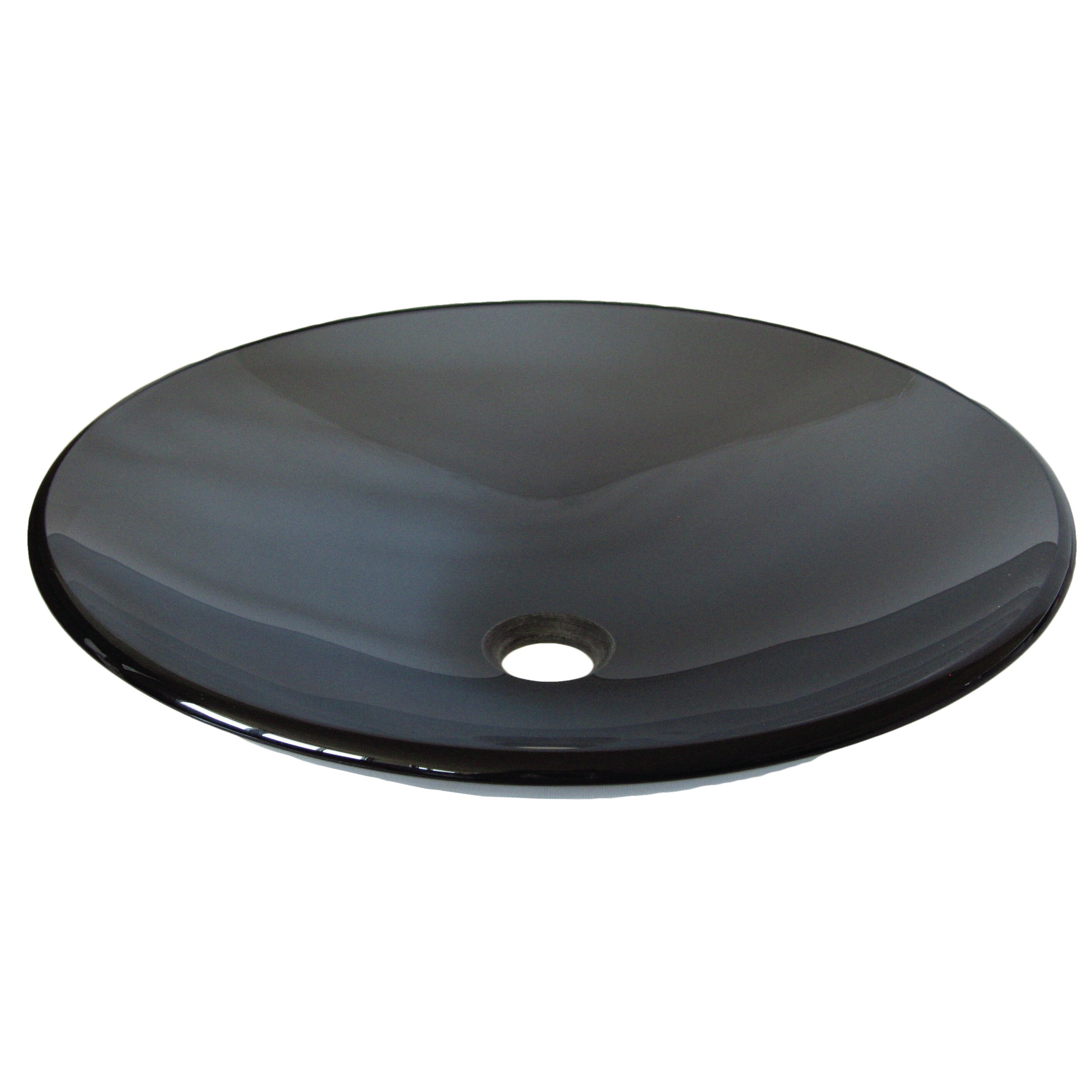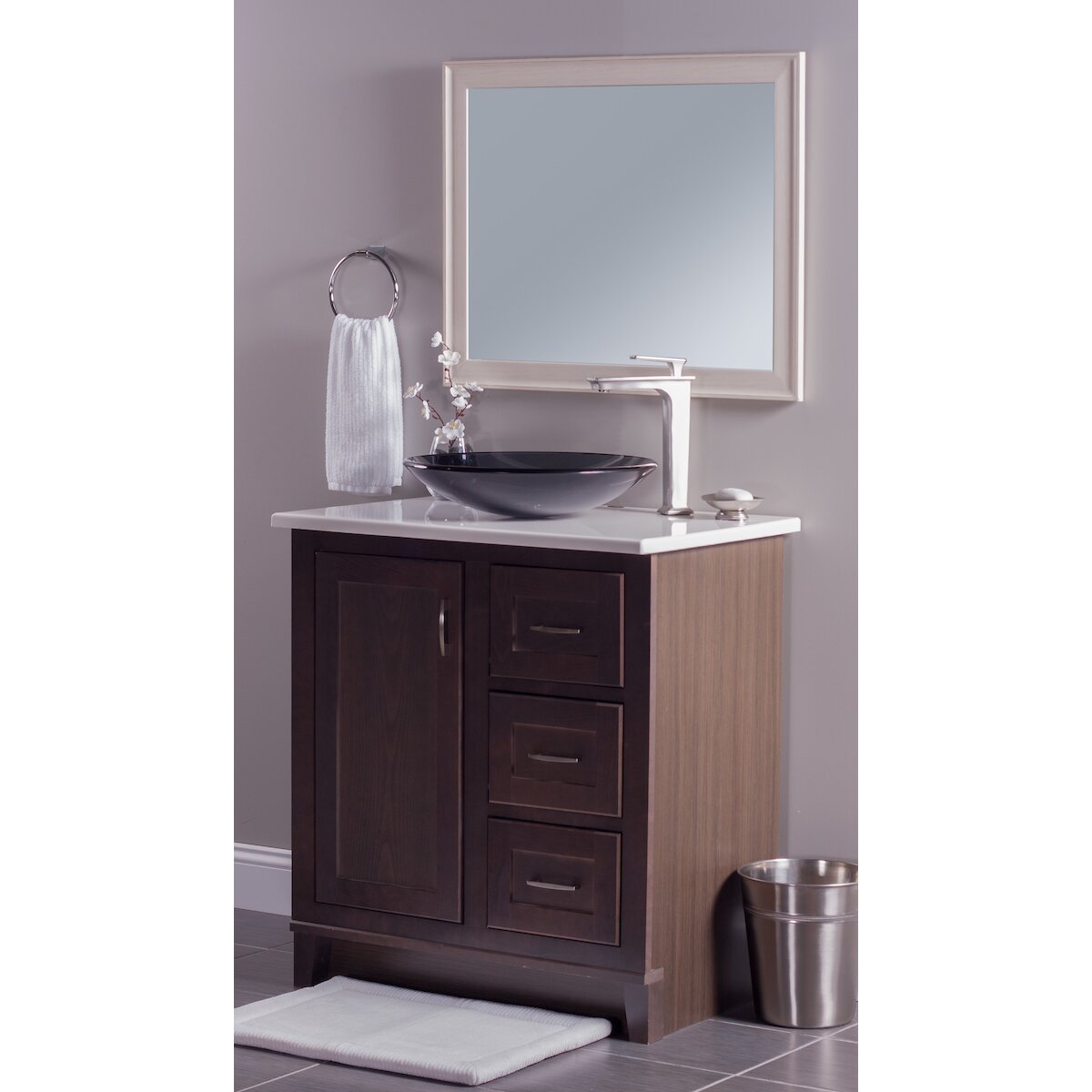Low Profile Bathroom Sink Designs

Low profile bathroom sinks, characterized by their shallow basins and compact size, offer a range of advantages in contemporary bathroom designs. Their space-saving attributes make them ideal for smaller bathrooms, powder rooms, and guest bathrooms where space is at a premium.
Low profile bathroom sinks can add a touch of modern elegance to any bathroom. However, they can also be more prone to leaks around the drain. If you’re experiencing this problem, you can follow the steps outlined in this guide: how to seal a bathroom sink drain.
Once you’ve sealed the drain, your low profile bathroom sink will be as good as new.
These sinks come in various designs, including vessel sinks that rest on top of the countertop, undermount sinks that are installed beneath the countertop, and drop-in sinks that fit into a pre-cut hole in the countertop. Vessel sinks, with their exposed sides, create a striking visual element, while undermount sinks provide a seamless and streamlined appearance. Drop-in sinks offer a more traditional and practical solution.
Low profile bathroom sinks are a stylish and modern choice for any bathroom. They are designed to be sleek and compact, making them ideal for small spaces. However, even the most stylish sink can be rendered useless if the stopper is not working properly.
If you find yourself with a clogged or leaky sink, don’t despair. There are a few simple steps you can take to fix bathroom sink stopper and get your sink back in working order. Once you have fixed the stopper, you can enjoy the beauty and functionality of your low profile bathroom sink once again.
Design Trends
Current trends in low profile bathroom sinks emphasize sleek lines, minimalist aesthetics, and the use of durable materials. Rectangular and oval shapes dominate the market, complemented by sharp edges and geometric forms. Wall-mounted sinks, which further conserve space and create a floating illusion, are gaining popularity. Additionally, manufacturers are experimenting with innovative materials such as concrete, glass, and solid surface composites, offering a wider range of design possibilities.
Choosing the Right Low Profile Bathroom Sink

Selecting the ideal low profile bathroom sink for your space requires careful consideration of several factors. Here’s a comprehensive guide to help you make an informed decision.
To begin, assess the available space in your bathroom. Determine the dimensions of the vanity or countertop where the sink will be installed. Consider the distance between the faucet and the backsplash to ensure sufficient clearance for comfortable use.
Materials
Low profile bathroom sinks are typically crafted from various materials, each with its unique advantages and drawbacks:
- Ceramic: Classic and durable, ceramic sinks are resistant to stains and scratches. However, they can be prone to chipping or cracking if handled roughly.
- Porcelain: Similar to ceramic, porcelain sinks offer a glossy finish and high durability. They are less porous than ceramic, making them even more resistant to stains and bacteria.
- Stone: Natural stone sinks, such as granite or marble, add a touch of luxury to the bathroom. They are exceptionally durable and resistant to wear and tear, but they require regular sealing to maintain their appearance.
- Acrylic: Acrylic sinks are lightweight, durable, and come in a wide range of colors and patterns. They are also easy to clean and maintain.
- Glass: Glass sinks are a stylish and modern choice. They are non-porous and easy to clean, but they can be more fragile than other materials.
Checklist of Important Features, Low profile bathroom sink
When selecting a low profile bathroom sink, consider the following key features:
- Shape: Choose a sink shape that complements the style of your bathroom. Round, square, and oval sinks are popular options.
- Size: Ensure the sink is the appropriate size for your vanity or countertop. Consider the number of basins and the overall dimensions.
- Faucet Holes: Determine the number of faucet holes required. Some sinks have pre-drilled holes, while others allow for customization.
- Overflow Hole: An overflow hole prevents water from overflowing the sink. It is a desirable feature for safety and convenience.
- Mounting Type: Low profile sinks can be mounted on top of the counter (drop-in) or under the counter (undermount). Choose the mounting type that best suits your bathroom design and preferences.
Installing a Low Profile Bathroom Sink

Installing a low profile bathroom sink can be a great way to add a modern touch to your bathroom. These sinks are typically mounted on the countertop, rather than being set into it, which gives them a sleek and minimalist look. They are also a good choice for small bathrooms, as they can help to save space.
Installing a low profile bathroom sink is not difficult, but it does require some basic plumbing skills. If you are not comfortable working with plumbing, it is best to hire a professional plumber to do the installation for you.
Step-by-Step Guide to Installing a Low Profile Bathroom Sink
- Gather your tools and materials. You will need the following tools and materials to install a low profile bathroom sink:
- Low profile bathroom sink
- Faucet
- Pop-up drain
- Pliers
- Wrench
- Plumber’s putty
- Teflon tape
- Turn off the water supply. Before you begin working on the sink, turn off the water supply to the bathroom. This will prevent you from flooding the bathroom if you accidentally break a pipe.
- Remove the old sink. If you are replacing an old sink, you will need to remove it before you can install the new one. To do this, disconnect the water supply lines and the drainpipe. Then, carefully lift the sink out of place.
- Clean the countertop. Once the old sink is removed, clean the countertop thoroughly. This will help to ensure that the new sink will adhere properly.
- Apply a bead of plumber’s putty. Around the base of the new sink, apply a bead of plumber’s putty. This will help to seal the sink and prevent leaks.
- Set the sink in place. Carefully set the sink in place on the countertop. Press down firmly to ensure that the putty forms a seal.
- Connect the water supply lines. Connect the water supply lines to the faucet. Use Teflon tape to seal the connections.
- Connect the drainpipe. Connect the drainpipe to the pop-up drain. Use Teflon tape to seal the connection.
- Turn on the water supply. Turn on the water supply and check for leaks. If there are any leaks, tighten the connections until they stop.
Troubleshooting Tips for Common Problems Encountered During Installation
- The sink is leaking. If the sink is leaking, it is likely that the putty seal is not properly formed. Remove the sink and reapply the putty, making sure to press down firmly to ensure that it forms a seal.
- The faucet is not working properly. If the faucet is not working properly, it is likely that the connections are not tight enough. Tighten the connections until the faucet is working properly.
- The drain is not draining properly. If the drain is not draining properly, it is likely that the pop-up drain is not properly installed. Remove the pop-up drain and reinstall it, making sure that it is properly seated.